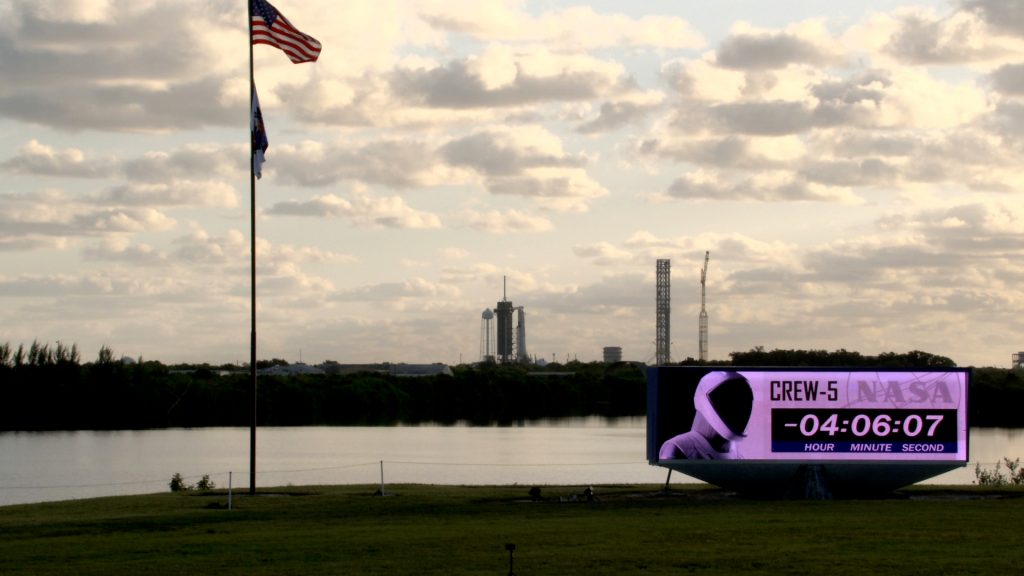
Crew-5 astronauts will conduct new scientific research, including cardiac experiments to prepare for human exploration beyond low-Earth orbit and benefit life on Earth. Experiments include studies on printing human organs in space, understanding fuel systems operating on the Moon, and better understanding heart disease.
Heart disease is the number one cause of death in the U.S. Heart stem cells could provide a sustainable source of cells to treat heart disease and act as a cell source for drug discovery and safety testing back on Earth. Microgravity may hold the key to increasing stem cell production, improving cell viability, and accelerating the maturation of heart stem cells.
The Project EAGLE investigation will study how spaceflight affects properties of heart muscle cells derived from stem cells in an effort to establish a functional heart tissue model that mimics heart disease and can be used to test new drugs.
As we design space systems such as lunar rovers, life support systems, and fuel tanks to support future exploration missions, it is critical to understand and be able to predict how liquids behave in low-gravity environments. The Liquid Behavior investigation will study how liquids move in a container in simulated lunar gravity to generate data that can be used to improve lunar rover designs.
These are just some of the more than 200 science experiments and technology demonstrations that will take place during the Crew-5 mission.
Stay with us as the countdown continues; we’ll keep you updated on the key milestones throughout this important mission. Starting at 8:30 a.m. EDT, there will be a live broadcast on NASA Television and the agency’s website.
